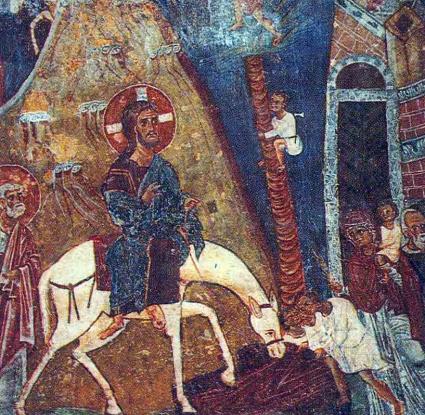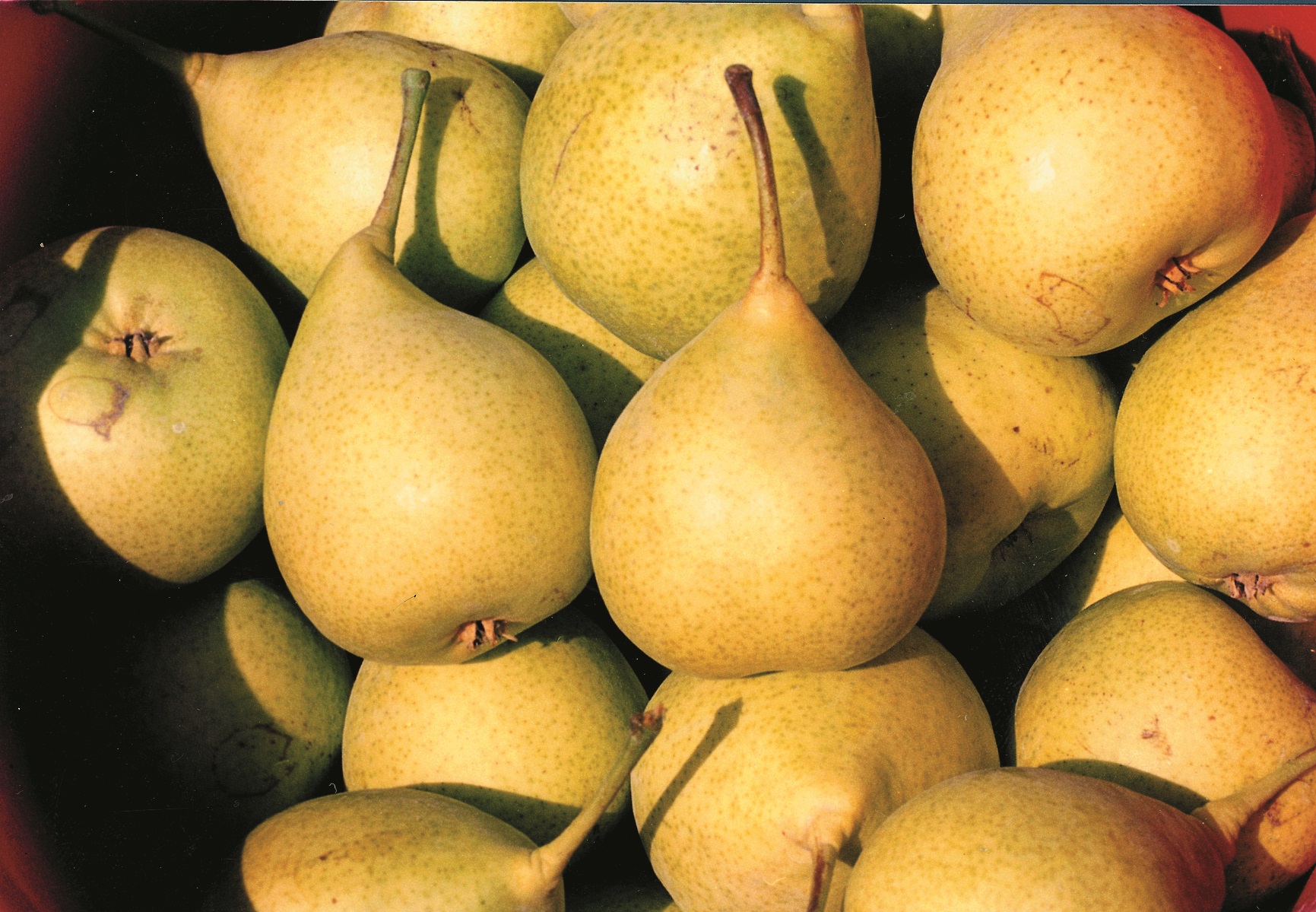Fruit and nuts.
Name - Origin
Greek name - description
Byzantines used to eat fruit and nuts very often as desserts (Koukoules 1952, p.102).
Functional and symbolic role
Nutritional Value and Importance in the Diet of Cypriots
Written sources, such as the poems of Ptochoprodromos, inform us about the favourite fruit and nuts of the Byzantines: dates, almonds (from which they were extracting a special oil), chestnuts, peanuts, pine nuts, walnuts, raisins, pears (apidia, famous for their therapeutic properties), pomegranates (their juice was also used to garnish food), apricots, figs (fresh or dried), the various types of apples (sour apples, trilitromila, etc.), cherries and melons (Koukoules 1952, pp. 102-110).
Additional information and bibliography
Time period
Byzantine period, 7th - 12th c.
Bibliography
F. Koukoules, 1952. Βυζαντινών Βίος και Πολιτισμός, Vol. E, Athens.
Researcher/Recorder
Athanasios Vionis



